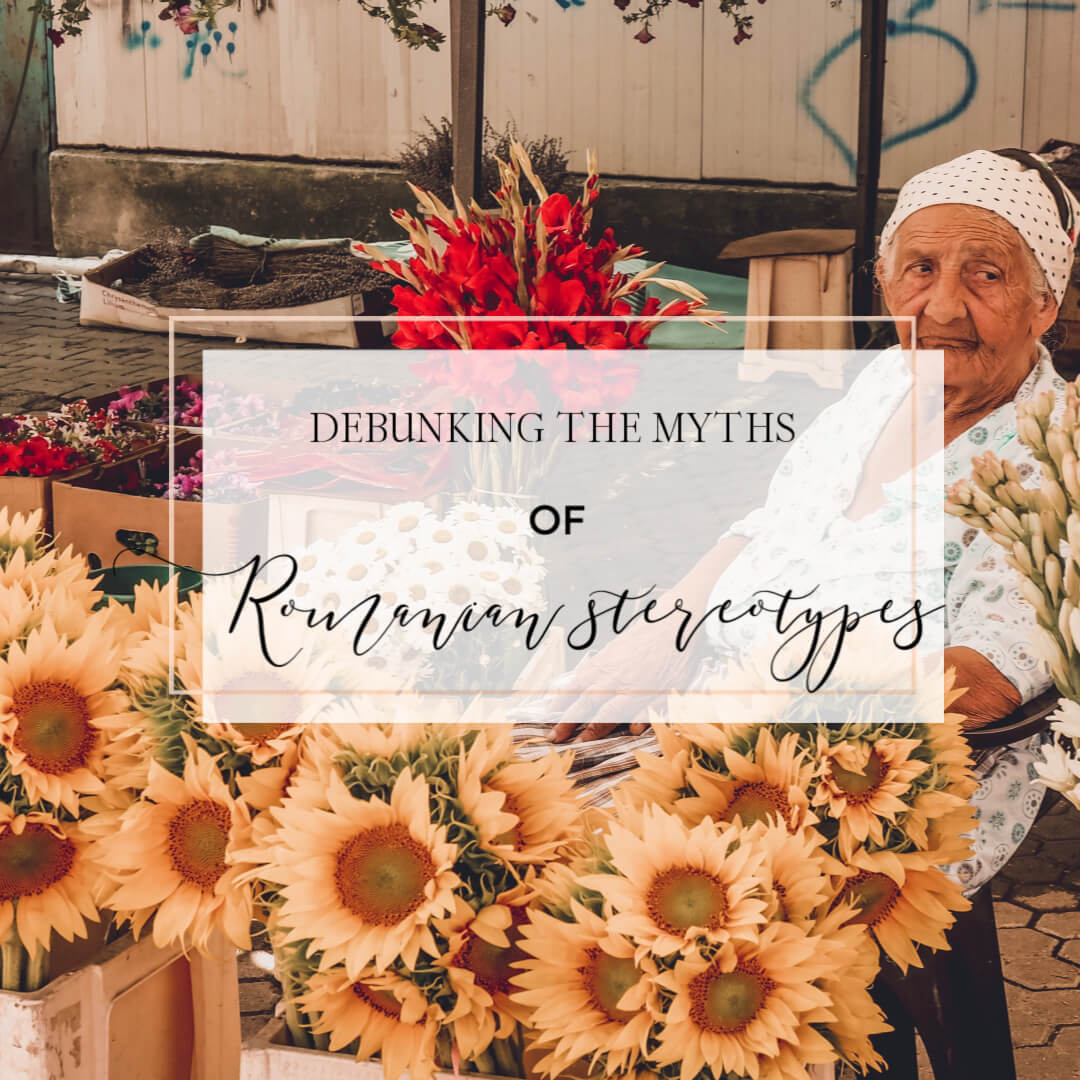
Romanian Stereotypes
Before travelling to Romania I received quite a few concerned texts and messages from family and friends. I was warned not to use my credit card because I would be robbed. I was told to expect stray dogs just wandering the streets waiting to bite. I was urged to be wary of Romani gypsies selling roses because it was just a ploy for them to pick-pocket unsuspecting victims. We are all guilty of having pre-conceived ideas of people and places. From my own point of view all that I really knew about Romania were the tales of Dracula and Transylvania and I was eager to dispel these Romanian stereotypes.

In fact, that is one of the many reasons that I travel. I want to form my own opinions about a place and not be put off by stereotypes, which quite frankly, are often racist misconceptions. Cue stock footage of gypsy horse and carts and knowing references to organised crime.
Romania’s image problem may even be traceable to the late 19th century, when travellers returned from Transylvania with tales of a strange and forbidding land. But surely we have come a long way from that. Like any city or country there are always a few bad eggs but I did not experience any of the above stereotypes on my journey around Romania. In fact I experienced quite the opposite.
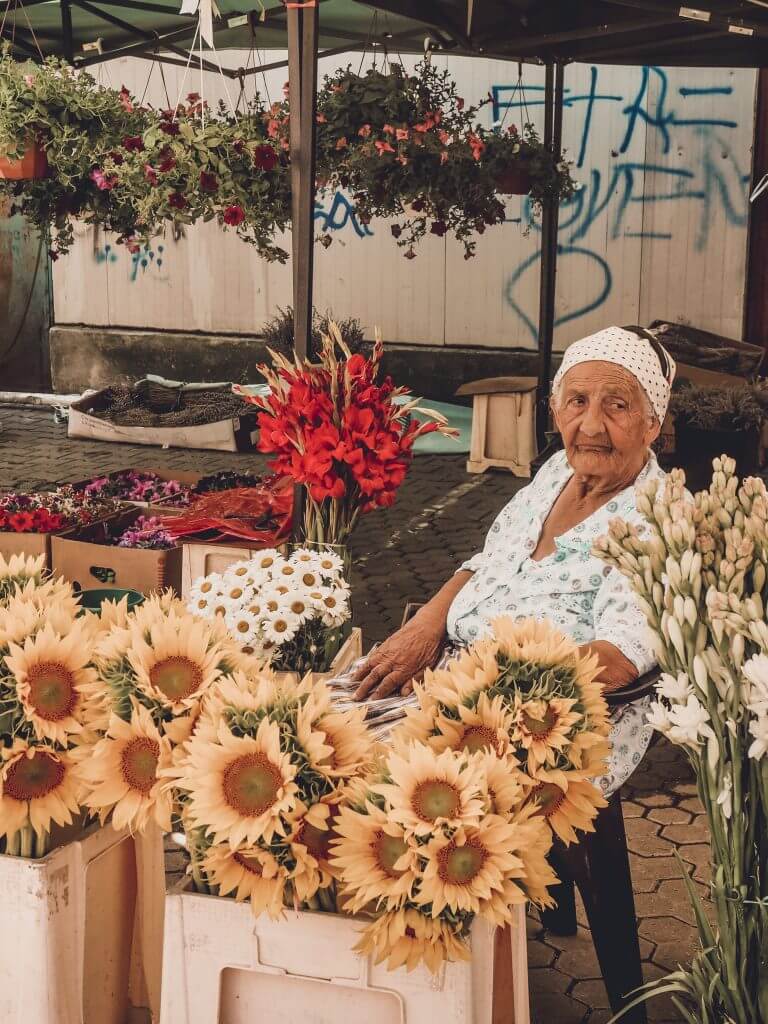
I felt safe and secure. Romanian people were warm and friendly and eager to impress tourists. I had no problems using my credit card and only witnessed one stray dog. Don’t tell me that you won’t find at least one stray dog in any capital city in the world!
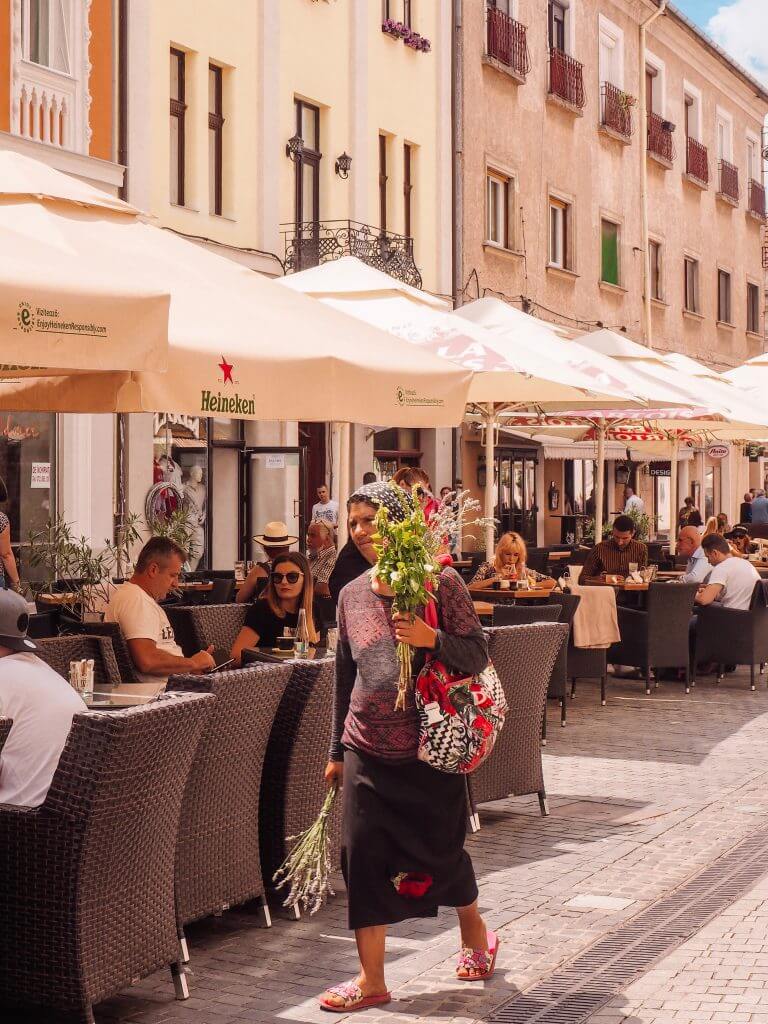
In Bucharest I did experience a few Romani gypsies selling flowers but they by no means travelled in “packs” and were quite happy to move along when I told them that I wasn’t interested. To be honest I have experienced worse and more intimidating Romani people at home in Ireland after a night out.

Are all Romanians gypsies?
This is, in fact, one of the biggest stereotypes facing Romanians and one that is completely misunderstood throughout the rest of the world. To be honest I don’t feel completely comfortable using the word gypsy as it has such negative connotations associated with it. So from now on I will refer to this ethnic group as Romani people.
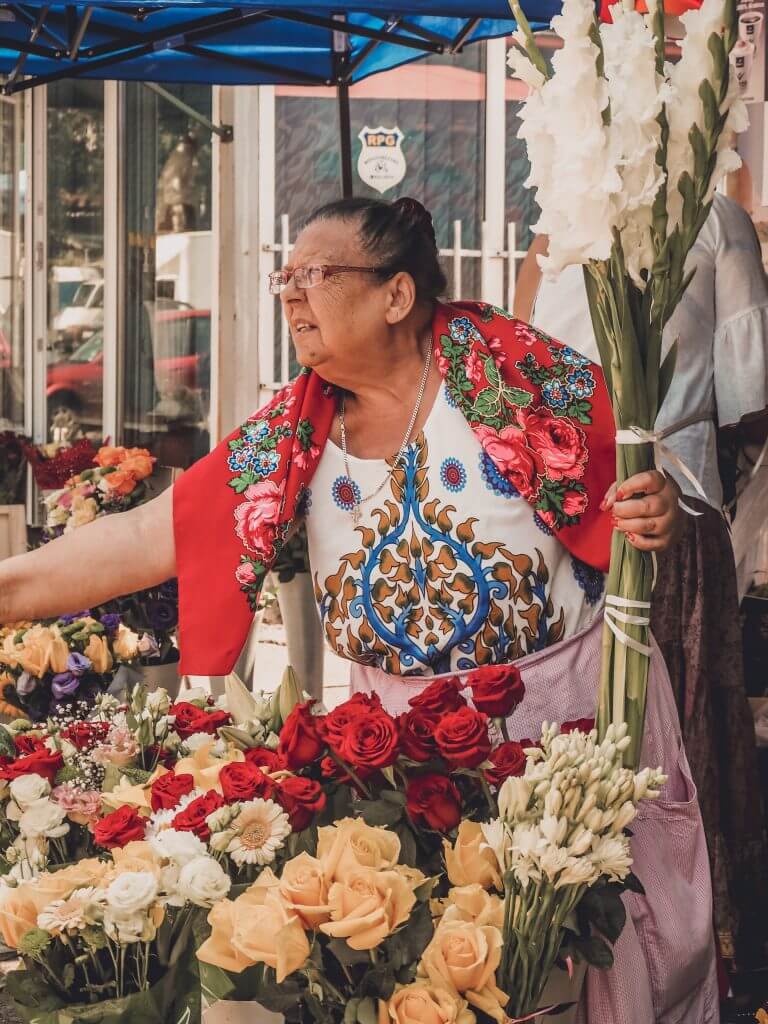
The Romani people did not originate in Romania. They are an ethnic group of people originating from India and who are now spread out all throughout Europe. In Romania, they are an ethnic minority representing about 3% of the population. Not all Romani people are beggers which is a common misconception. Some have studied and have jobs but prefer to live inside their own community with their own traditions and dress code. Romani identity is bound up with the ideal of freedom expressed, in part, in having no ties to a homeland.
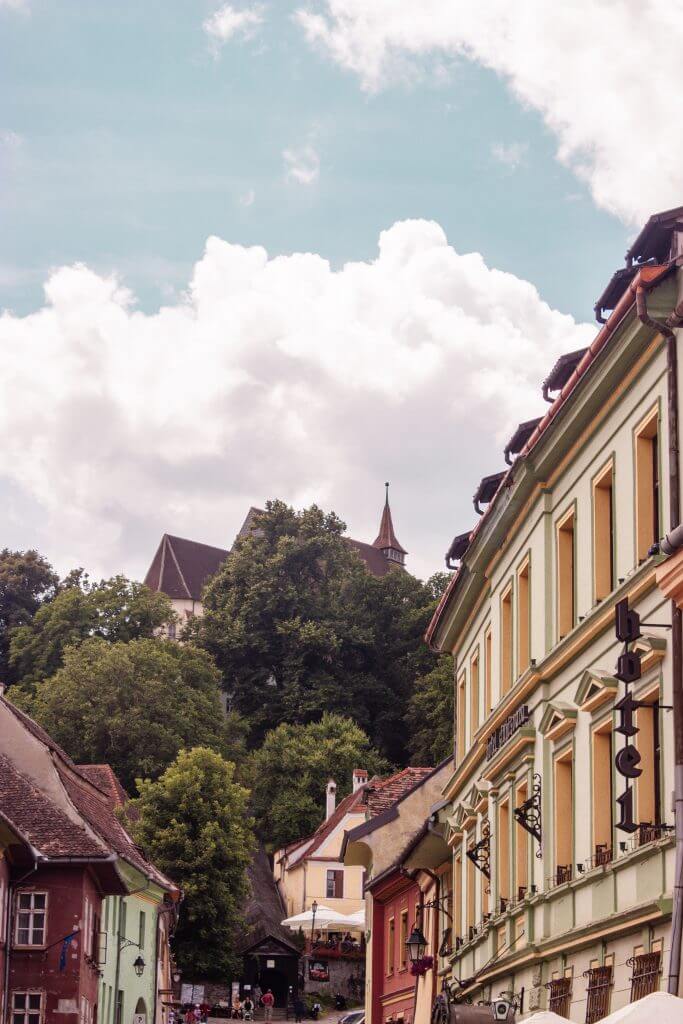

Like many minority groups throughout the ages they had their own dark times and have suffered racism throughout history. In Wallachia, Transylvania and Moldavia, Romanies were enslaved for five centuries, until abolition in the mid-19th century. On a positive note they have also been inspiration for many in the arts with Carmen and La Vie de Bohème being prime examples.

I found it fascinating learning about the Roma culture on the Roma Heritage walking tour around Bucharest with Open Doors Travel. We discussed controversial subjects like discrimination and activism but also explored a history of music and colourful culture. We visited a contemporary Roma design shop and saw craftsmen at work and took a tram out to the flower markets run by Romani people. It was a unique experience and I am so grateful to have had the opportunity to learn about this intriguing culture.

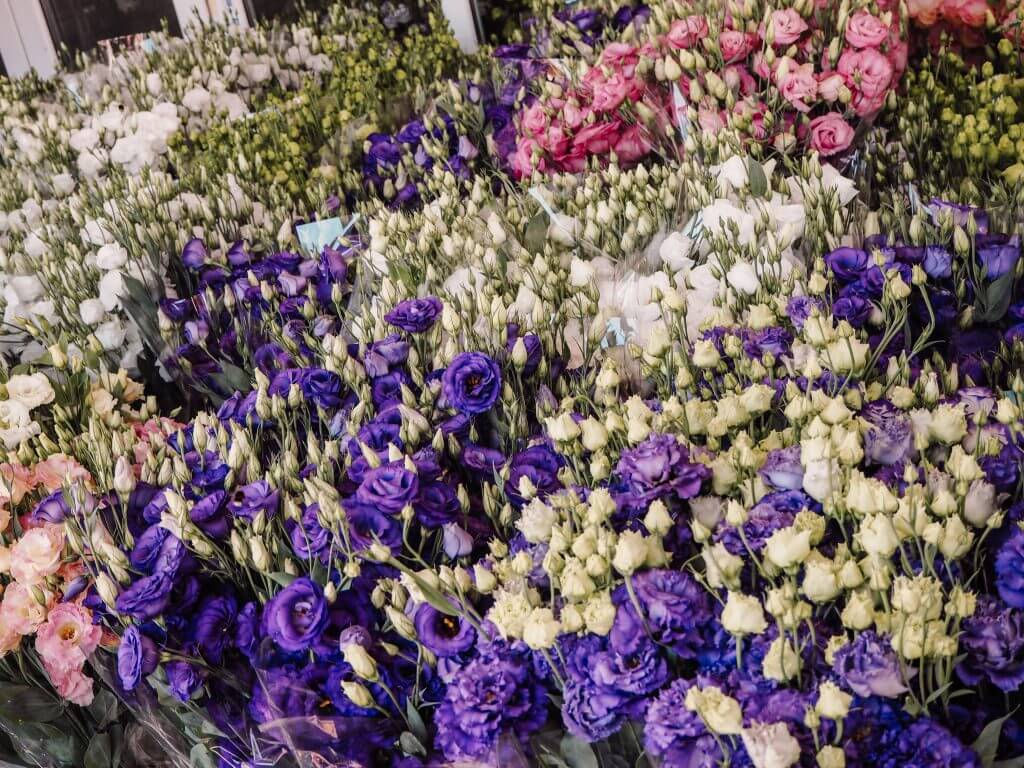

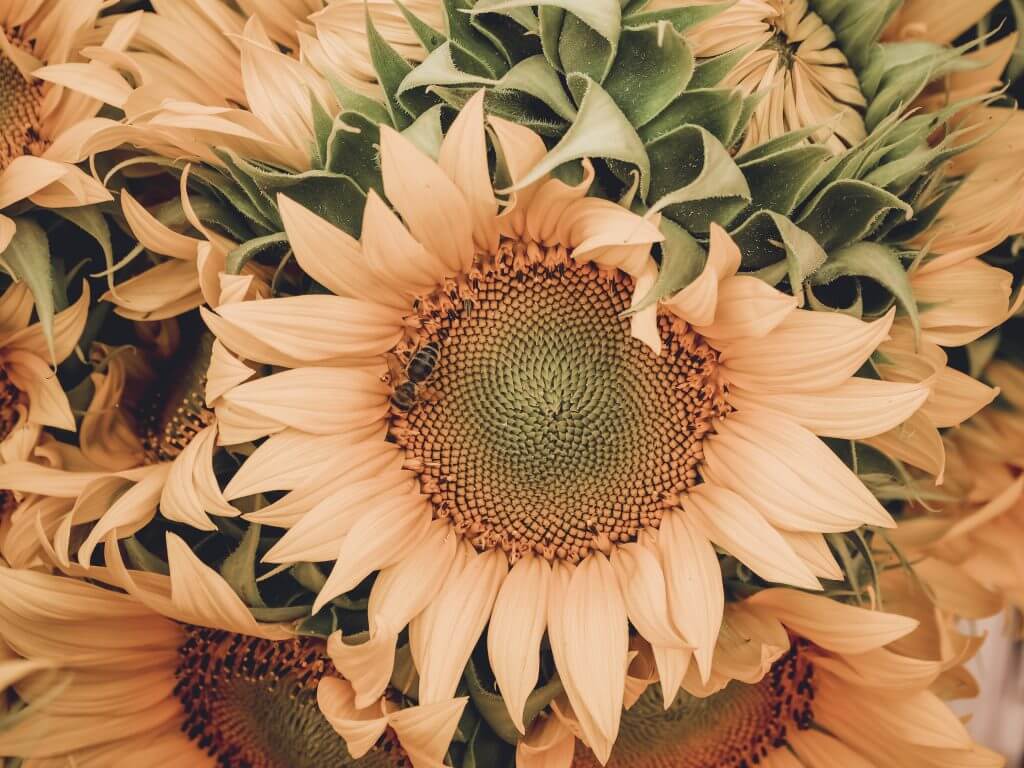
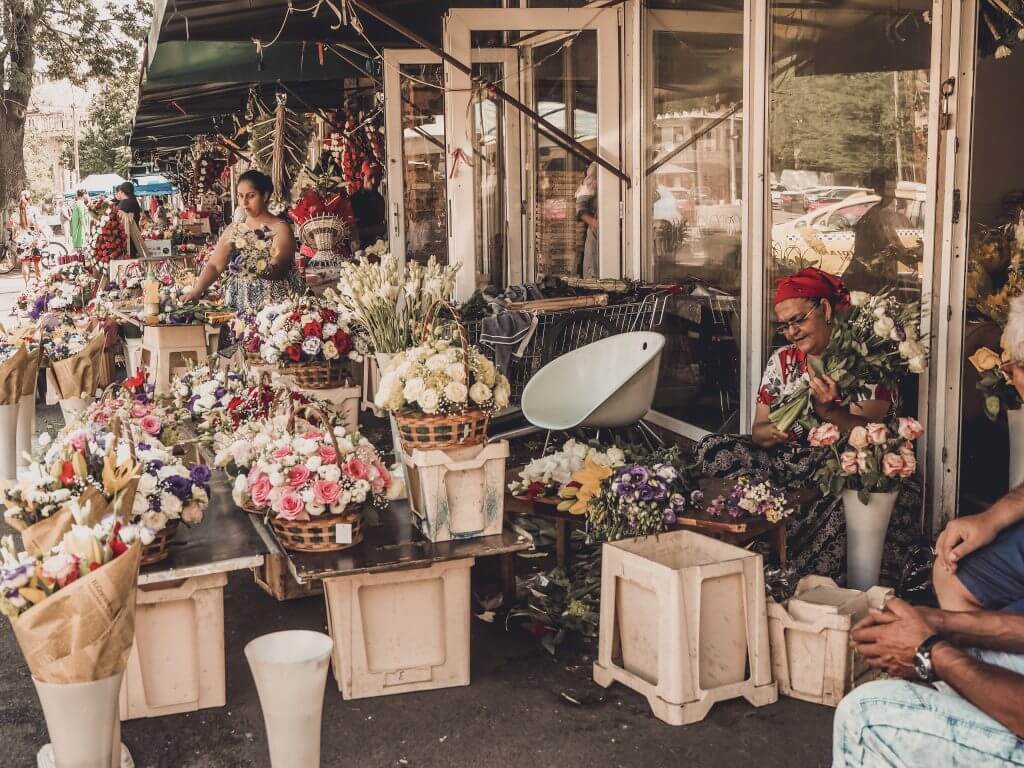
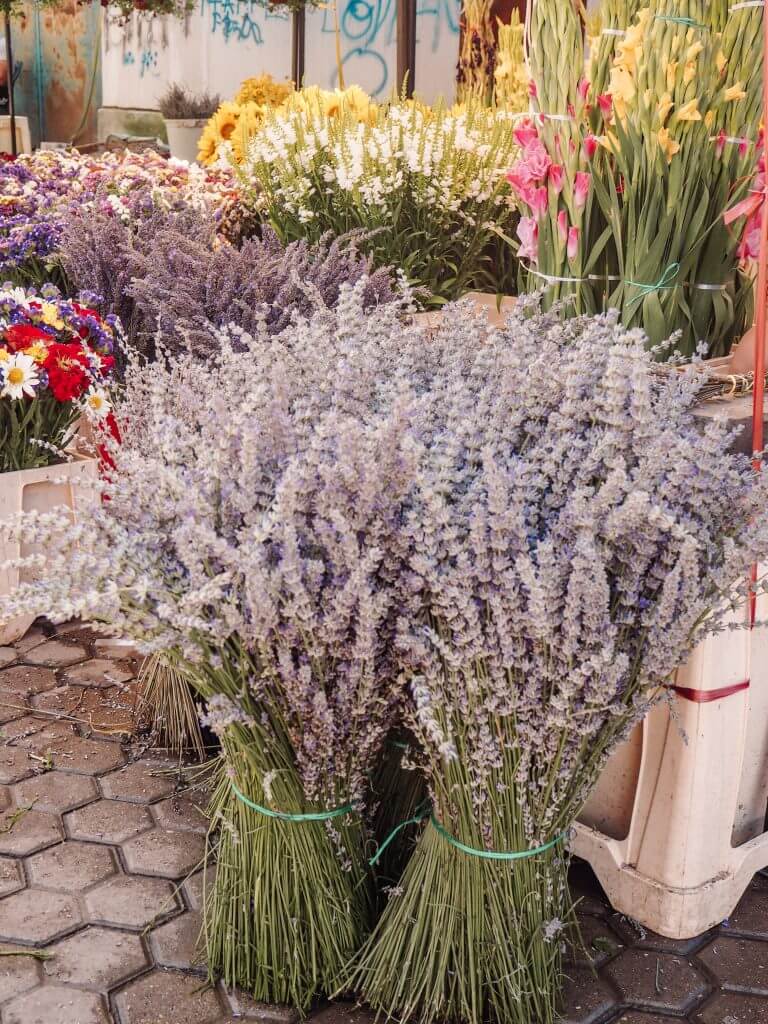
Are Romanians very poor?
If you believe this stereotype then all Romanians are poor and will resort to robbing you to finance themselves. While it is true that the average monthly wage in Romania is much lower than throughout the rest of Europe ( I spoke to many people who claimed that the average monthly wage is approx €250-€500!), that has to be seen in the context of the cost of living in Romania being much less than in Western Europe.

The currency in Romania is the Leu (plural is Lei) and I saw many restaurants offering a three course meal with wine/beer for as little as 20 Lei. That equates to about €5! Romania might be cheap but it is by no means an underdeveloped country. In fact in 2017, Romania experienced the fastest economic growth in the EU with a growth rate of 6.9%.
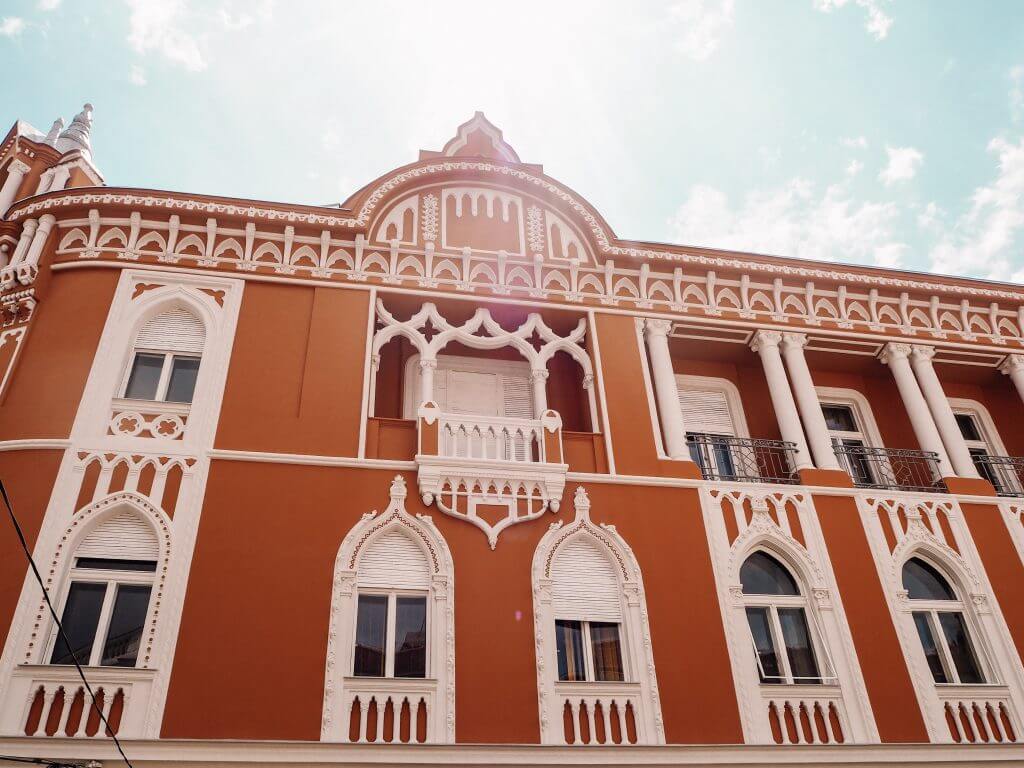
It is evident throughout some parts of Romania that it has some catching up to do in terms of rectifying the issues that communism brought to the country, particularly in terms of architecture. There are architectural discords on many streets with beautiful Baroque buildings interspersed with a mish mash of both modern and old communist buildings of the Ceaușescu era. There are also issues with ownership and rent of properties in prime city locations with many of them being run down and left derelict. However, it is clear that Romania’s economy is on the rise and it should not be conceived as a poor country. In fact I stayed in some of the most luxurious hotels that I have ever encountered throughout my time in Romania.
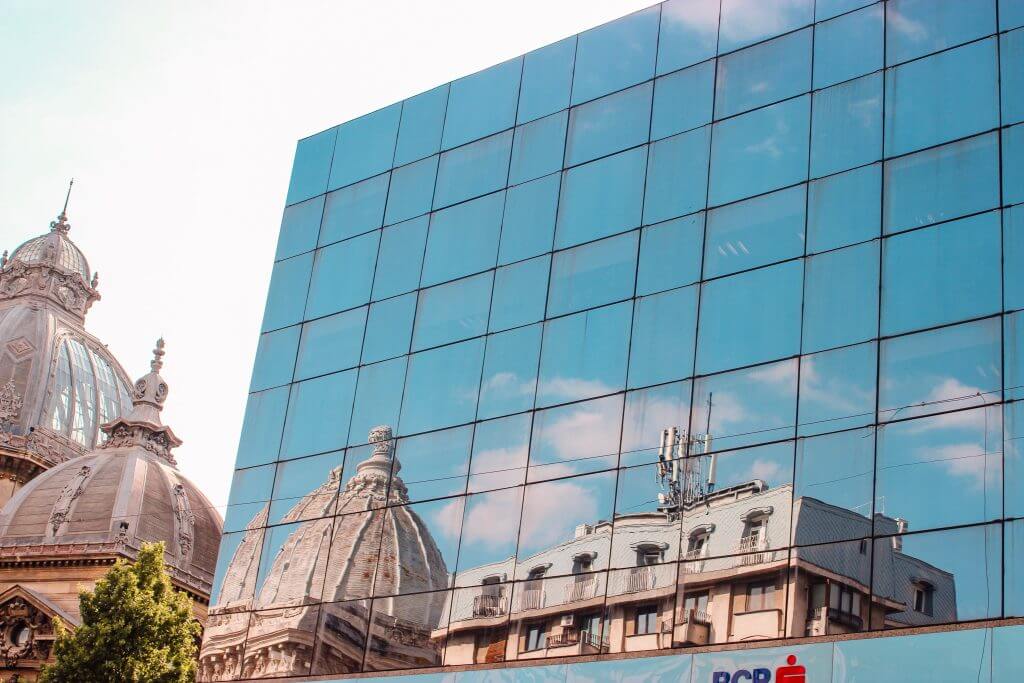
Romanian orphanages
Now I am not going to claim that these don’t exist because they obviously do. Growing up, all that I personally remember hearing about Romania was media coverage about Romanian orphanages. For many people in the West, images of children abandoned in Soviet-era orphanages are the first thing they associate with Romania.
Under the rule of Nicolae Ceauşescu both abortion and contraception were forbidden. He believed that a growth in population would lead to a growth in the Romanian economy – at one point in time people that were childless were more heavily taxed. As a result many families could not afford, and did not want, the children that they were almost being forced to have and many would end up in orphanages, along with those that had mental or physical disabilities.
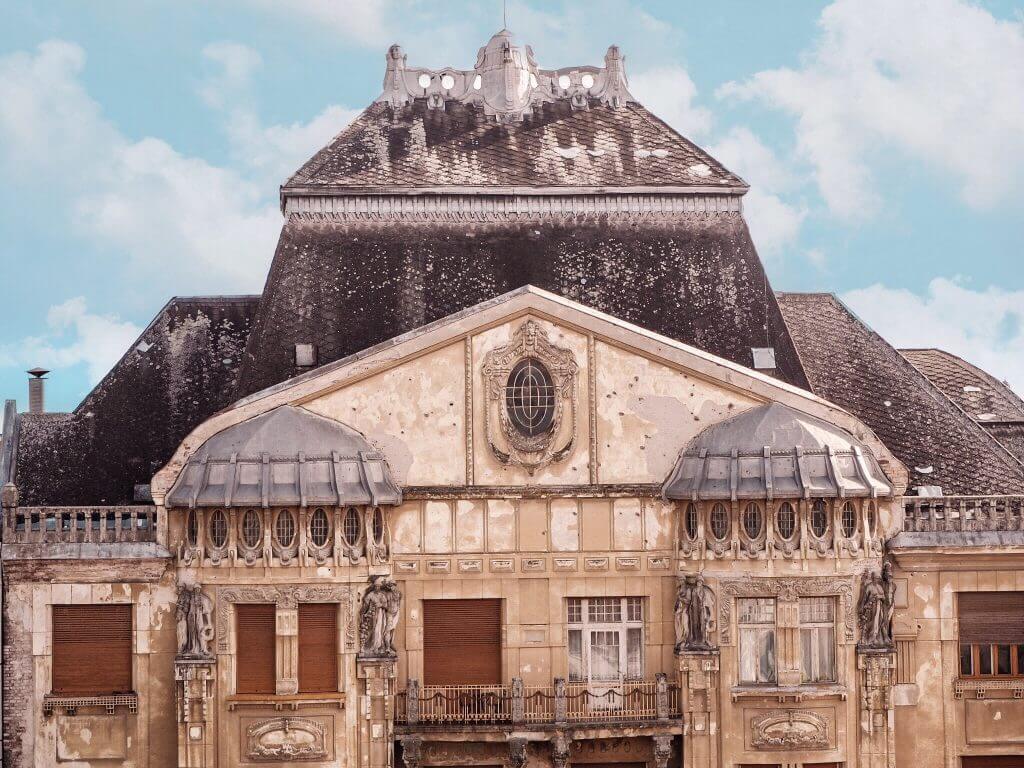
These children were obviously vulnerable and many suffered abuse and neglect. Times were particulary tough when Ceauşescu decided that in order to repay Romania’s foreign debt, the citizens of Romania had to abide by strict rations of things such as food, electricity and heating.
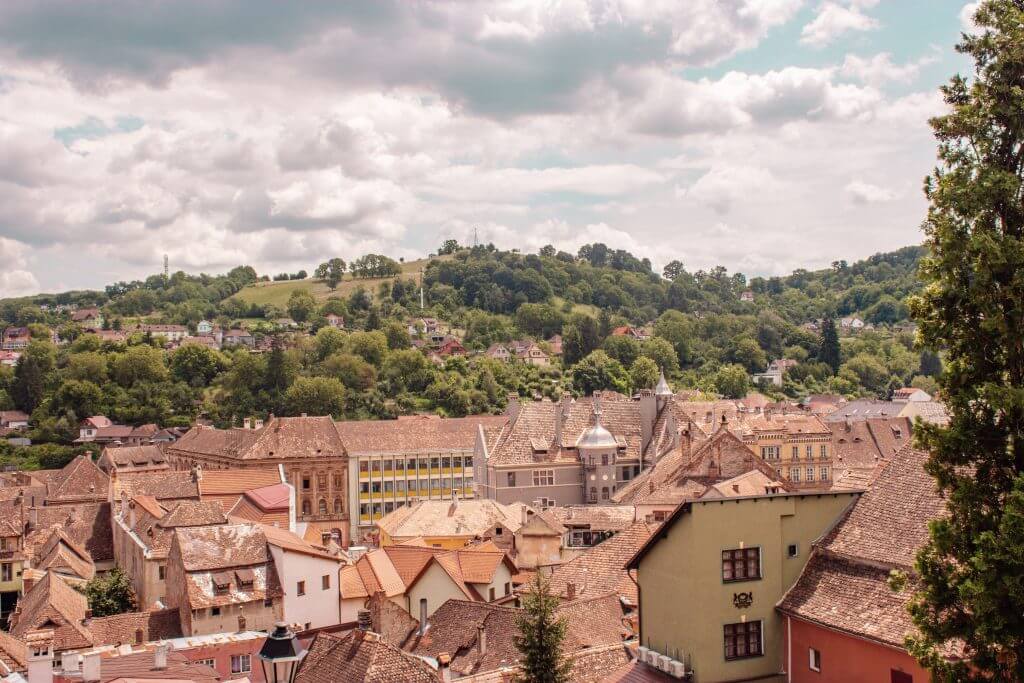
The problem is that we still hold on to these images when we think about Romania and these out-dated stereoytpes are now stopping people from exploring what is a beautiful country. There is no denying that the Communist times in Romania were dark, but if Romanians themselves can move on from it than surely we can too.
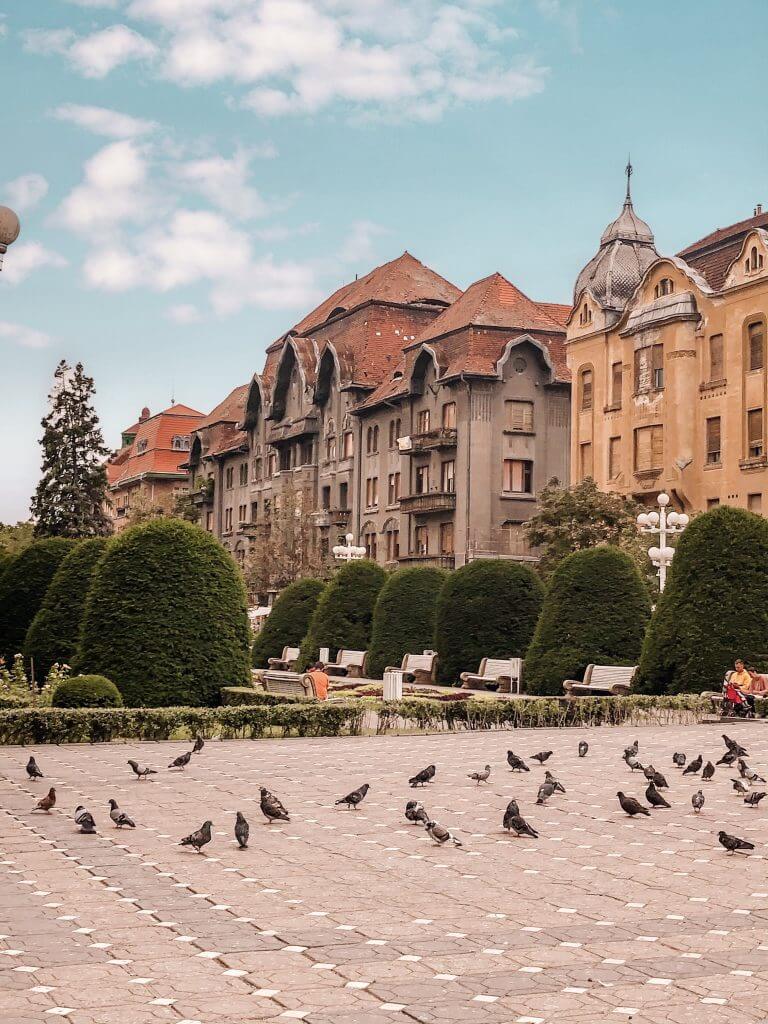
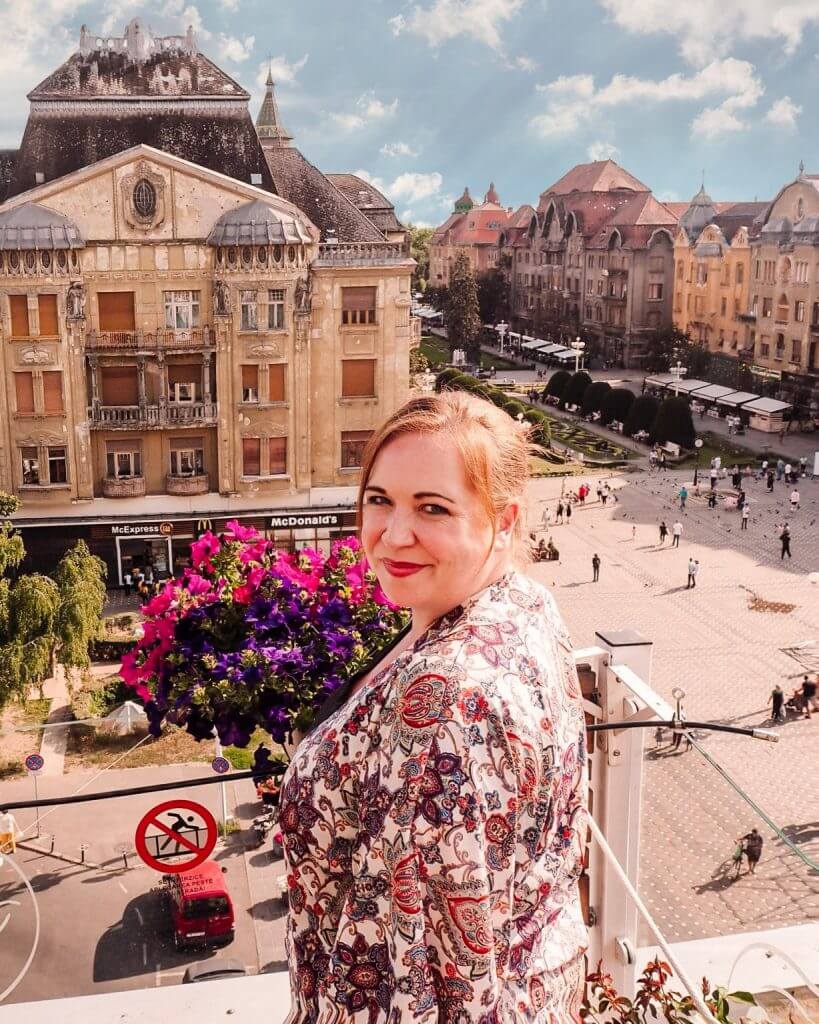
Bucharest – a city of crime and grime?
From my own personal experience exploring Romania’s capital city with Experience Bucharest, Bucharest’s image as a violent mafia city is far wide of the mark. Violent crime in Bucharest is among the lowest of any capital city in Europe, according to figures compiled by The UN Office on Drugs and Crime.

Bucharest is a beautiful city and not at all like I imagined it to be. Bucharest was known as Little Paris from as early as 1900. Back in the day locals would greet each other in French, wear all of the lastest French fashion and would frequently travel to, and study, in the French Capital. They brought back with them a love for Parisian architecture and as a result most of the time when you are in Bucharest you find yourself confused about whether you are, in fact, in Bucharest or Paris. There is even a replica Arc de Triomphe ( Arcul de Triumf).

With its cobbled streets and richly-adorned facades, the Old Town has an unmistakeable air of Paris about it. I have never experienced anything quite like it, bar in Paris itself, so if you are looking for Parisan vibes without the pricetag then I highly recommend Bucharest.
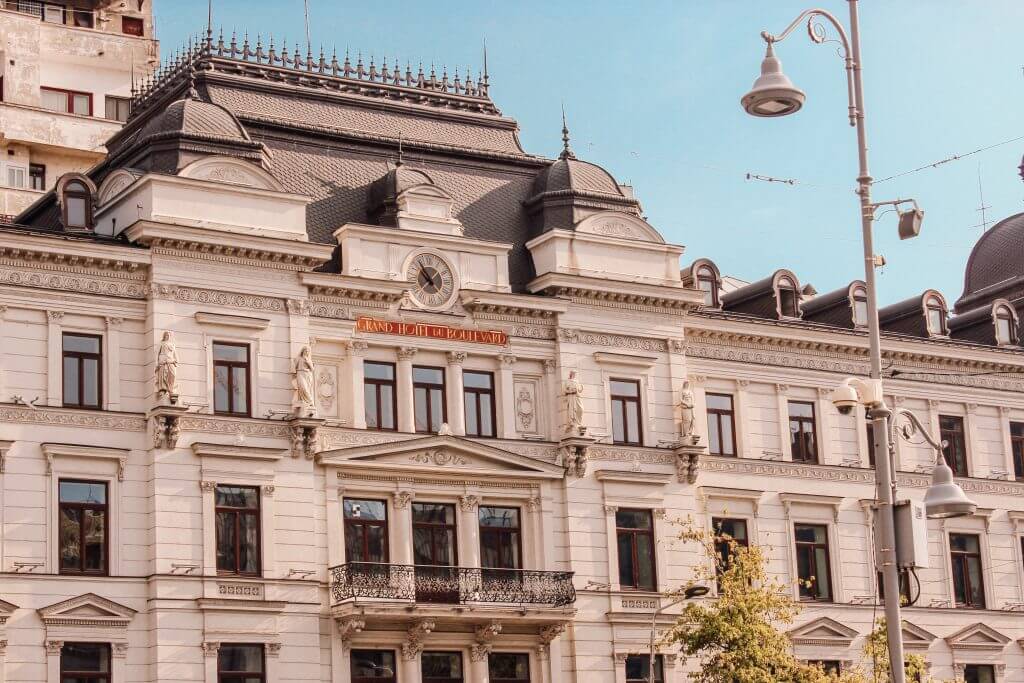
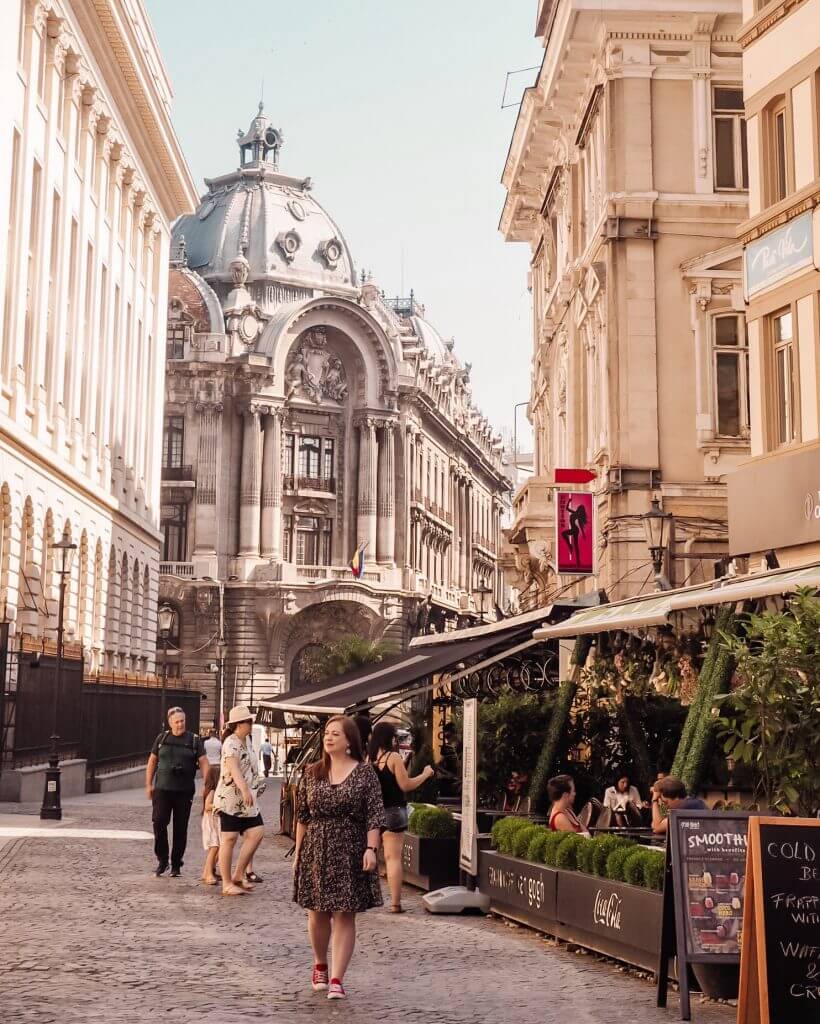
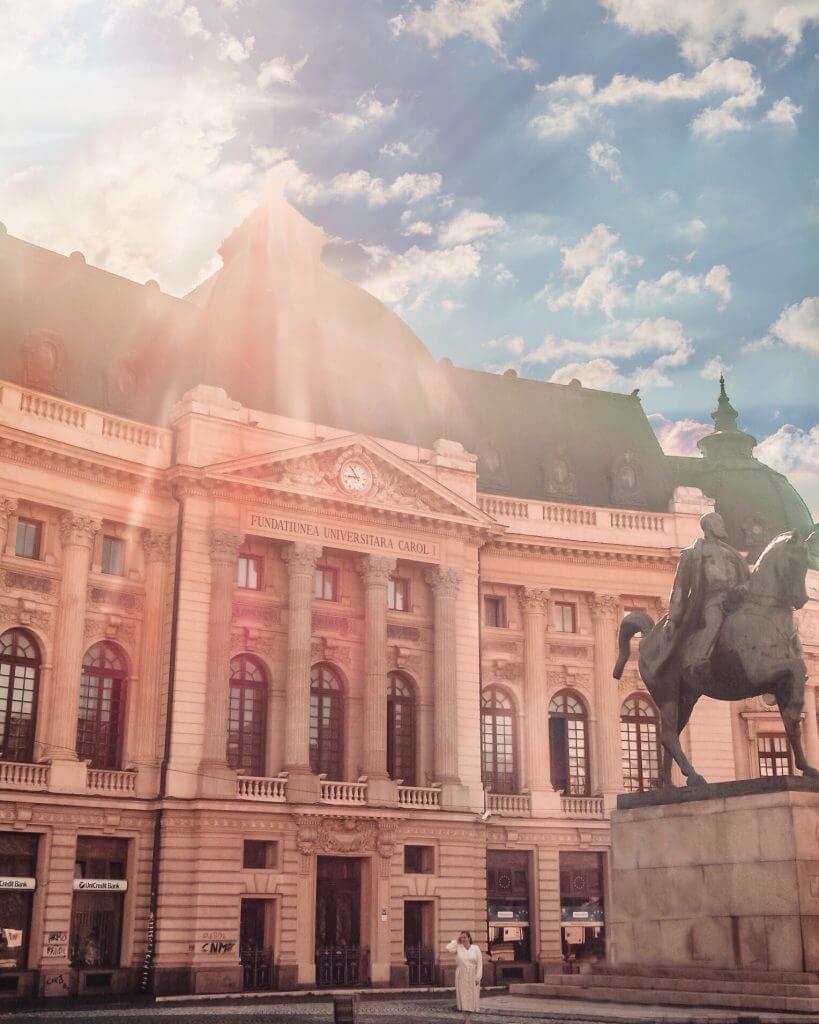
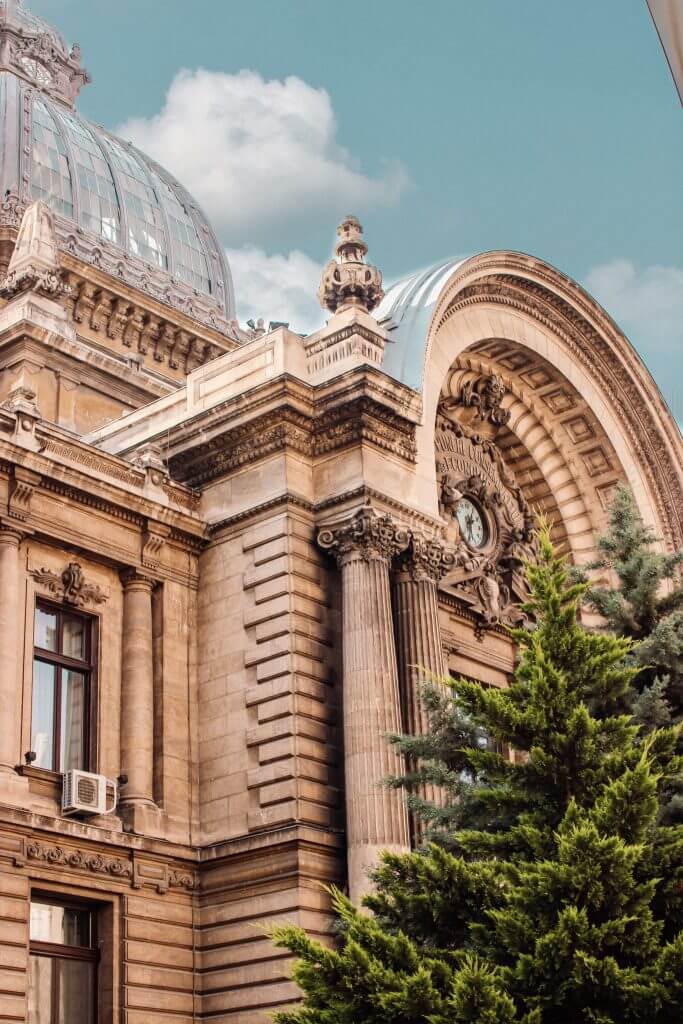
I certainly did not expect to find this before visiting Bucharest. If I’m honest I expected somewhere more bleak with communist style architecture. Compared to other cities I’ve been in there was a distinct lack of beggars and homeless people. Although I was with Mister Lavin most of the time the streets felt safe to me both day and night and while I am always careful in any city that I travel to I didn’t feel the need to constantly check my pockets to see if my phone and wallet was still there.

Bucharest is a fun, vibrant and cultural city. Stereotypes will have you believe that it is dirty and full of crime but please believe me this could not be further from the truth.I dare you to go and spend a weekend there and find out for yourself just how amazing this city is.
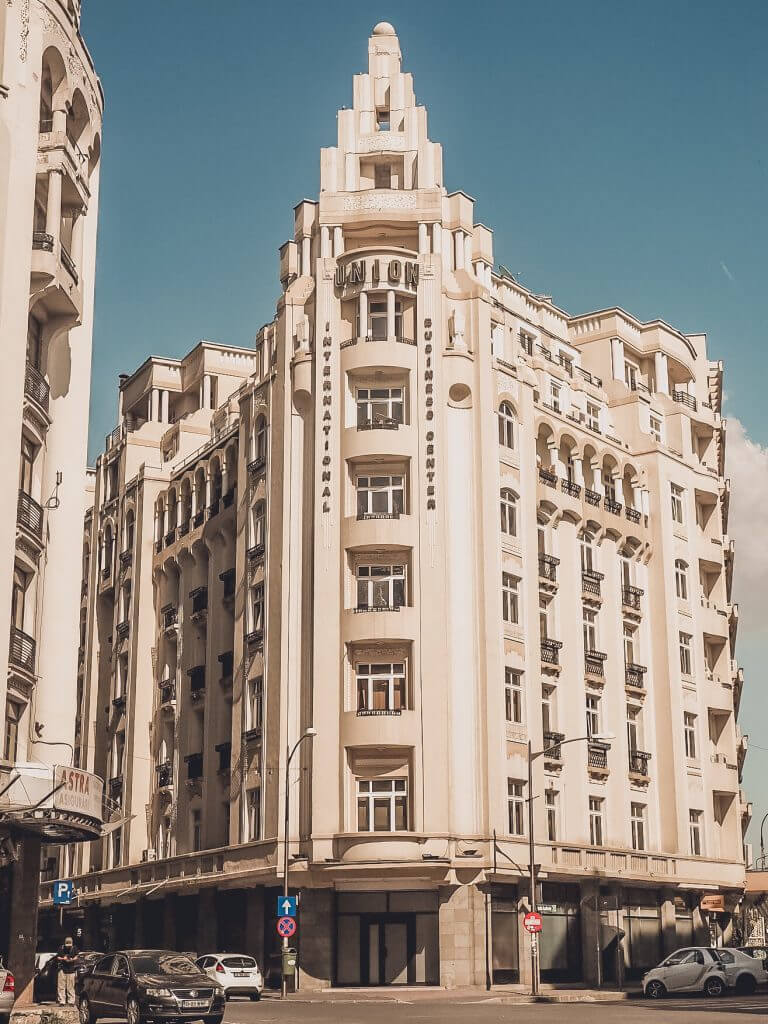
We stayed at Mercure Bucharest Unirii with gorgeous views of the impressive Palace of Parliment building and I recommend this hotel as a base for exploring the city.
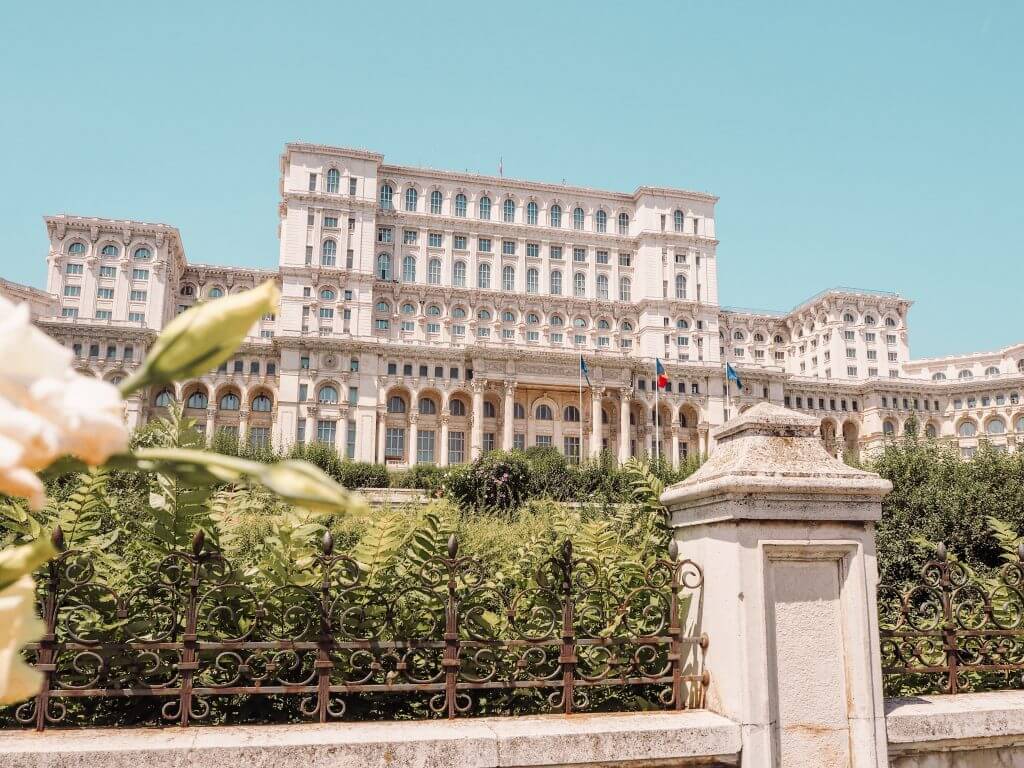
You can book your stay here and use code GLYNNN90 to get €15 off:
Booking.comAnother city in Romania, Cluj, was ranked first in Europe for air quality so this should go some way to dispel those rumours that Romania is dirty.
Romania, Garlic and Vampires
Romanians hang garlic in their homes to keep the vampires away. This is a lie because vampires do not exist people!!
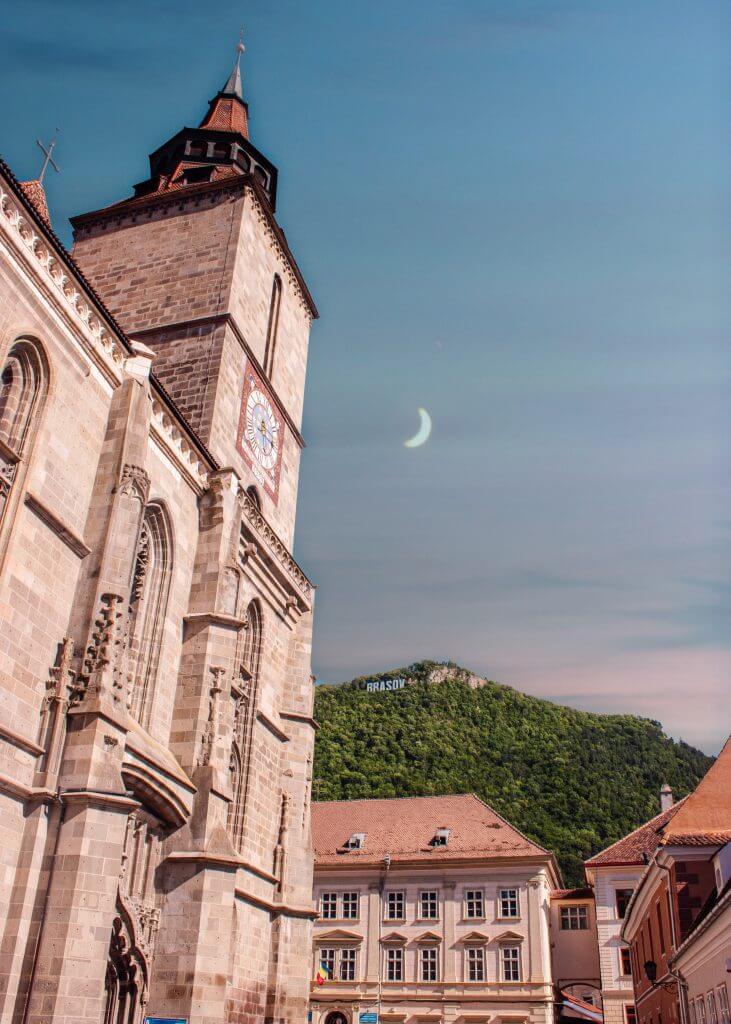
While it is easy to see how Transylvania’s winding, misty roads, castles and medieval fortresses set the stage for some of Europe’s darkest legends, the most famous of which is Count Dracula, there is more to Romania than legends of these blood-sucking creatures.

But, first, let me explain just how Romania became associated with Dracula and how it is the doing of an Irishman. Despite having never set foot in Transylvania himself, 19th-Century author Bram Stoker based his vampire lore on the strigoi (from the Latin ‘striga’ meaning ‘witch’ or ‘evil spirit’) thanks to a book he found in England’s Whitby Library called An Account of the Principalities of Wallachia and Moldavia. In the book, Vlad Tepes, a historical ruler who fought against invading Turks, caught his attention. He was son of Vlad Dracul of the House of Drăculești and was the perfect character on whom to rest his blood-sucking main character.
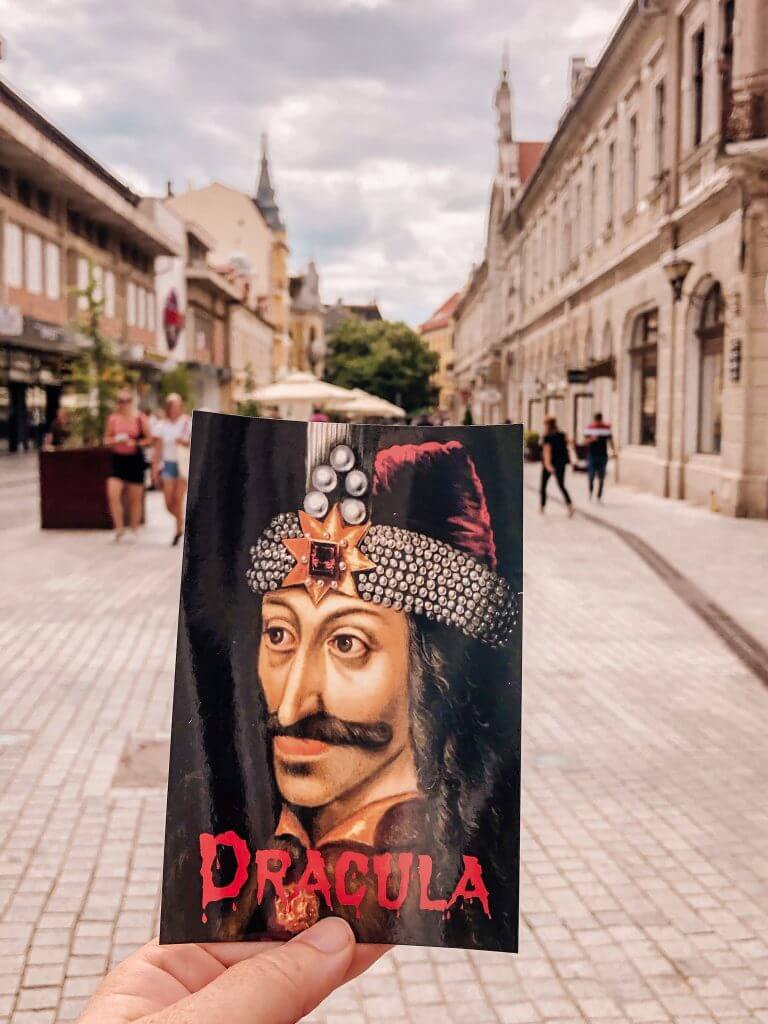
Vlad Tepes used to impale his enemies or those commiting crimes on large wooden stakes and leave them to die outside his castle gates. The idea of this gruesome torture technique was to make the victim suffer as much pain as possible before he/she died. As his nickname Vlad the Impaler suggests, he mastered the art of impaling his victims by slowly hammering a wooden stake up through the person’s rectum, missing all vital organs, before coming through the person’s collar bone, which supported the weight of the victim’s body leaving them suffering for days before they died.
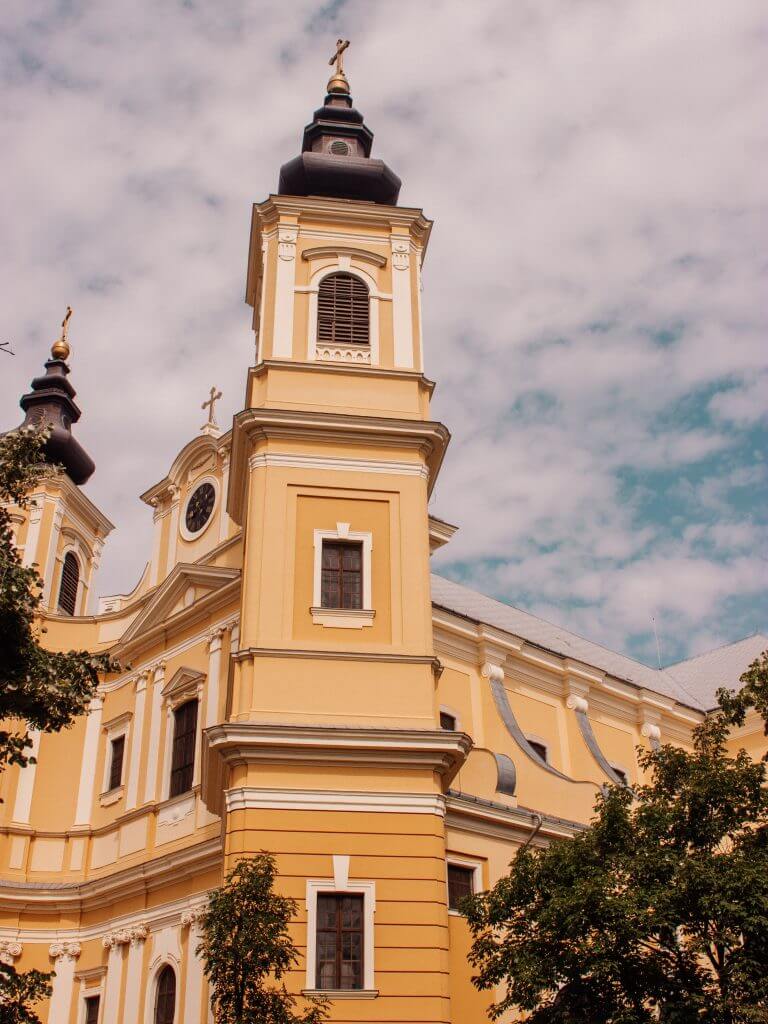
You can see how Stoker used his imagination to conjure up his character Dracula from this Transylvanian prince’s taste for blood, much to the annoyance of many a Romanian. I’m sure the Romanians like to be associated with vampires just as must as the Irish like to be associated with leprechauns! However, it is evident that this legend is driving tourism in the Transylvania region of Romania with thousands of people wanting to visit Bran Castle ( Dracula’s castle)

Top Tip: Bran Castle never actually had anything to do with Vlad the Impaler and was merely made popular as it was chosen as Dracula’s castle for the original Hollywood movie. Instead skip Bran Castle and visit Vlad the Impaler’s actual castle at Castelul Corvinilor (also called Corvin Castle as well as Hunedoara Castle and Hunyadi Castle). It is far more breathtaking.
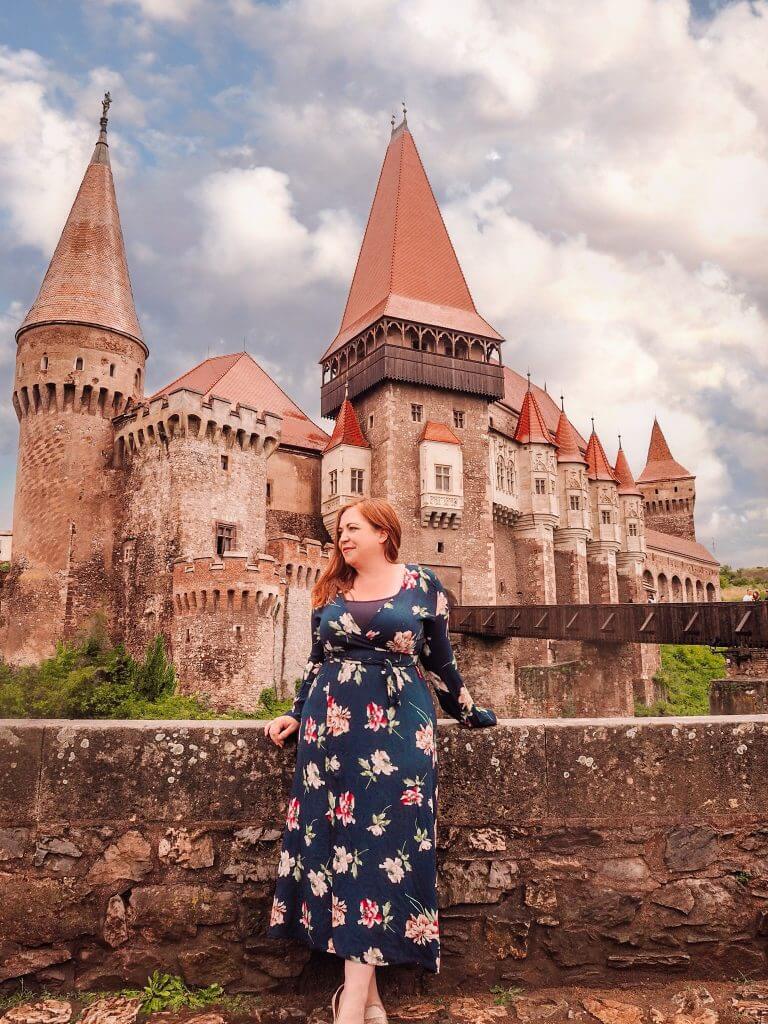
So where does the garlic fit in? Through practices passed down through generations, garlic is thought to protect people and homes from evil spirits, as well as curing sickness such as colds and coughs. Old traditions are kept alive by Romanians still hanging bulbs of garlic around their doors. So, while it has become immersed with tales of vampires, this tradition and stereotype is still very much alive in Romania.
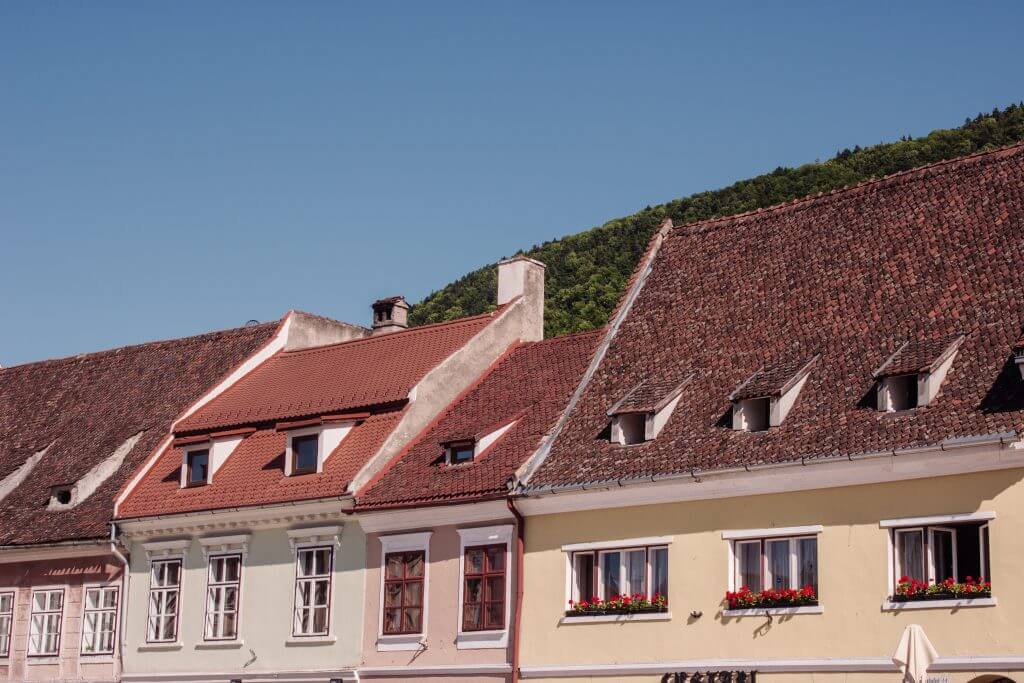
Are Romanians seedy?
So I don’t really know how to address this one! We have all heard the stories of Romanian girls being kidnapped and sold into the sex trade of other European cities. I know this even happened with a large sex ring operating in my own home town of Galway, Ireland that I knew nothing about. (Those of you that want to learn more please read the book Slave).
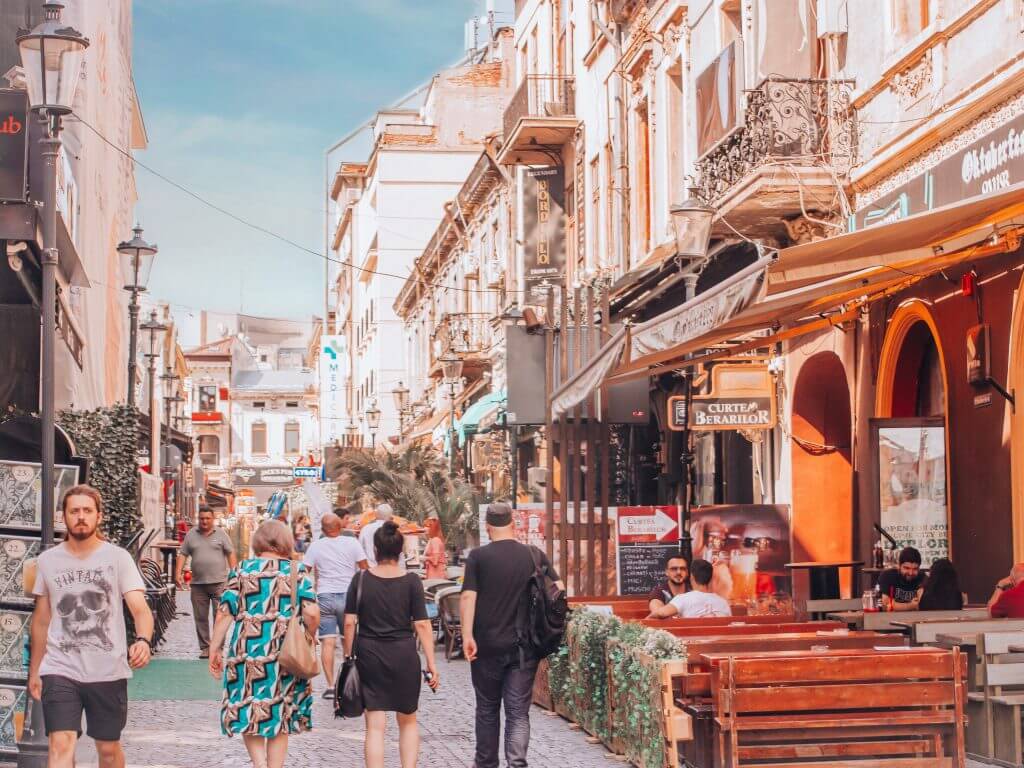
I personally never felt uncomfortable once during my trip around Romania. The only remotely seedy aspect I witnessed were in some of the bars in Bucharest. Bucharest is without a doubt a party town and it is not uncommon to walk past a bar at night and see barely-clothed “dancers” in the windows. Some areas certainly felt a bit more laddish and there were rumours that groups of lads would be approached on the street with menus not for drinks but for girls but again I never personally witnessed this and it certainly didn’t put me off wanting to visit again.
Do Romanians speak Russian?
This is not true. Romanians speak Romanian which is a romance language. Romanians were forced to learn Russian during communism but this has not been the case since the early 90’s. In cities like Timișoara which is one of the most diverse cities in Romania you will hear people speaking German, Hungarian, Serbian and, of course, Romanian.

So I hope that I have helped dispel some of those unsavoury Romanian stereotypes for you. I honestly fell in love with Romania and I am already chomping at the bit to go back. In my next few blog posts I hope to break down each city that I visited in detail but I really felt that breaking down these Romanian stereotypes was the first place to start.
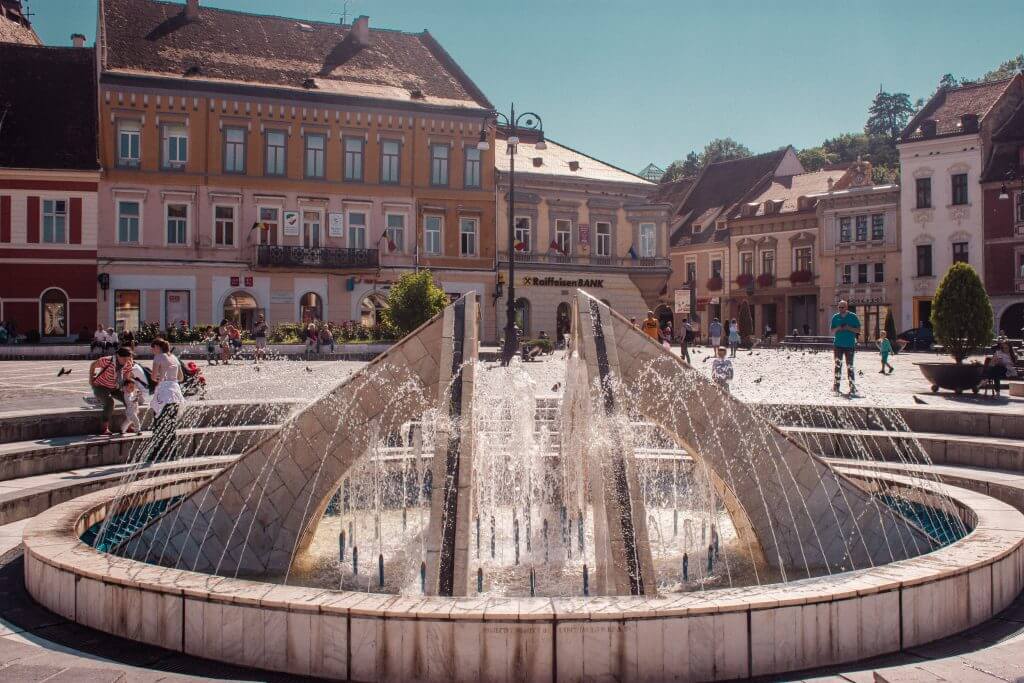
Are you new here? Join thousands of other happy readers and subscribe to All about RosaLilla blog via email or Bloglovin’. The good news is that by signing up via email you will get my EXACT email template that I use to successfully pitch hotels for collaborations.
I also share everything about myself on Instagram with nothing held back so be sure to follow along there.
For an alternative place to stay in Bucharest check out my review of By the Lake.
If you liked this you might also like:
The best things to do in Sighisoara Romania
The best travel hashtags for killer reach
The ultimate Prague 2 day itinerary
Until next time you crazy kids!
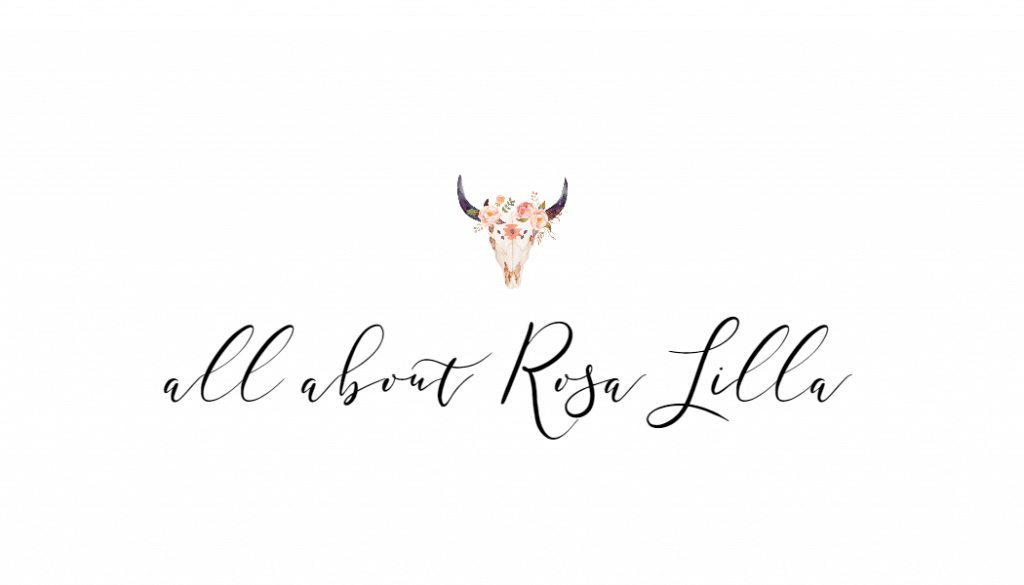
Sharing is sexy!
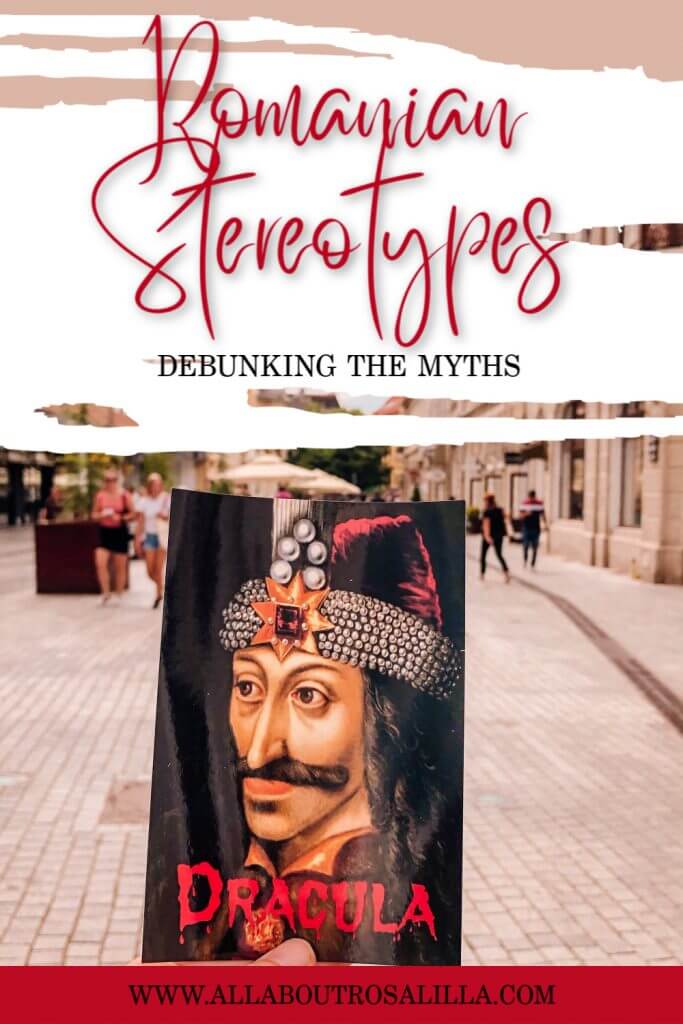
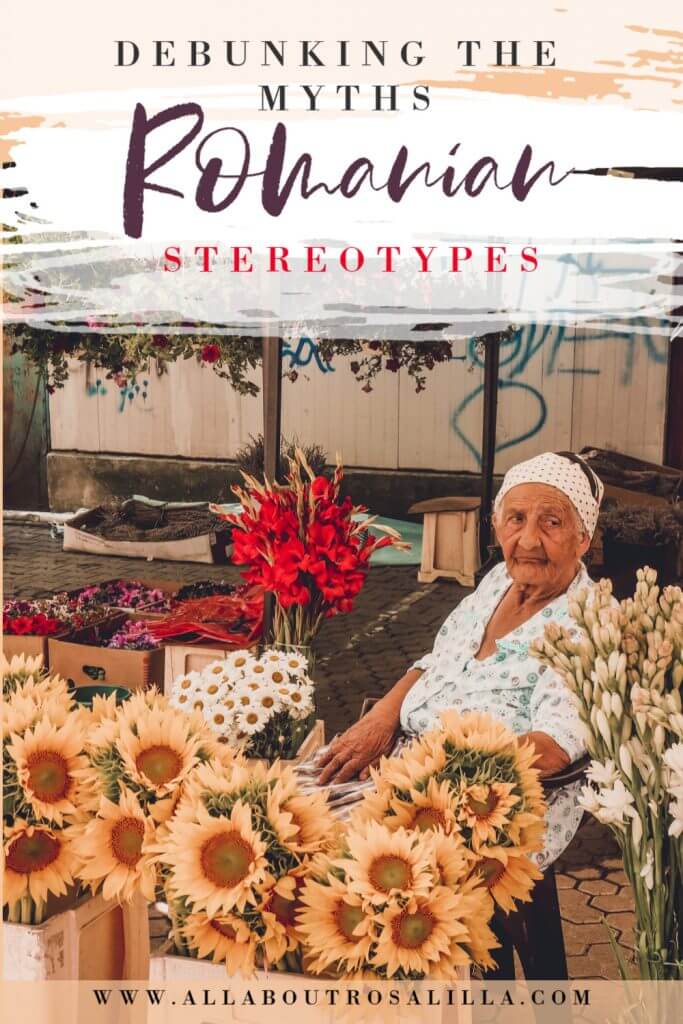
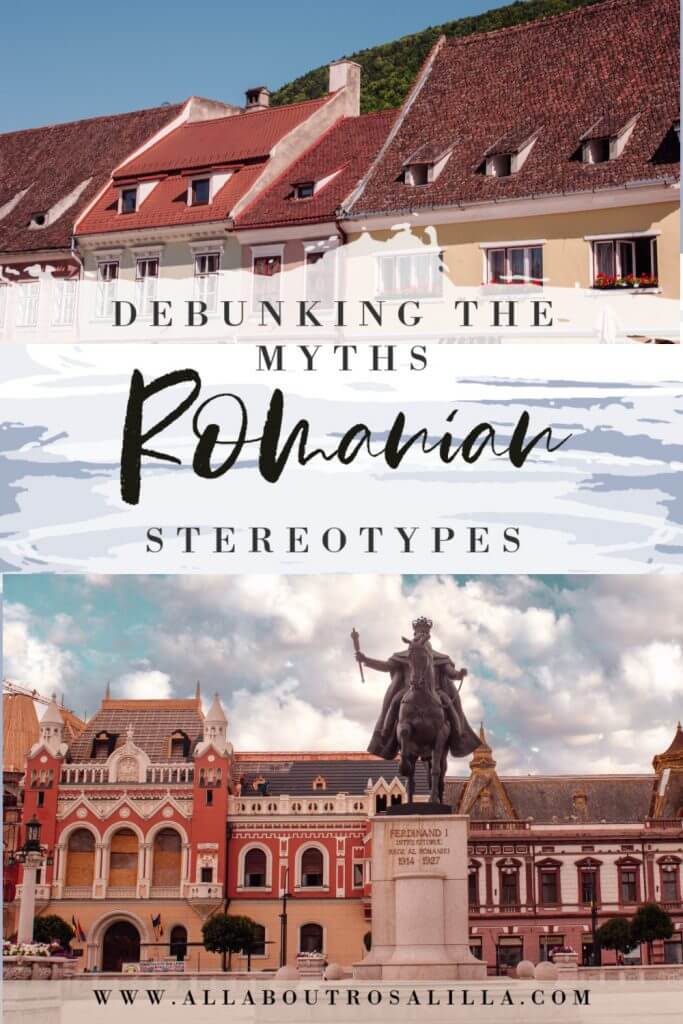
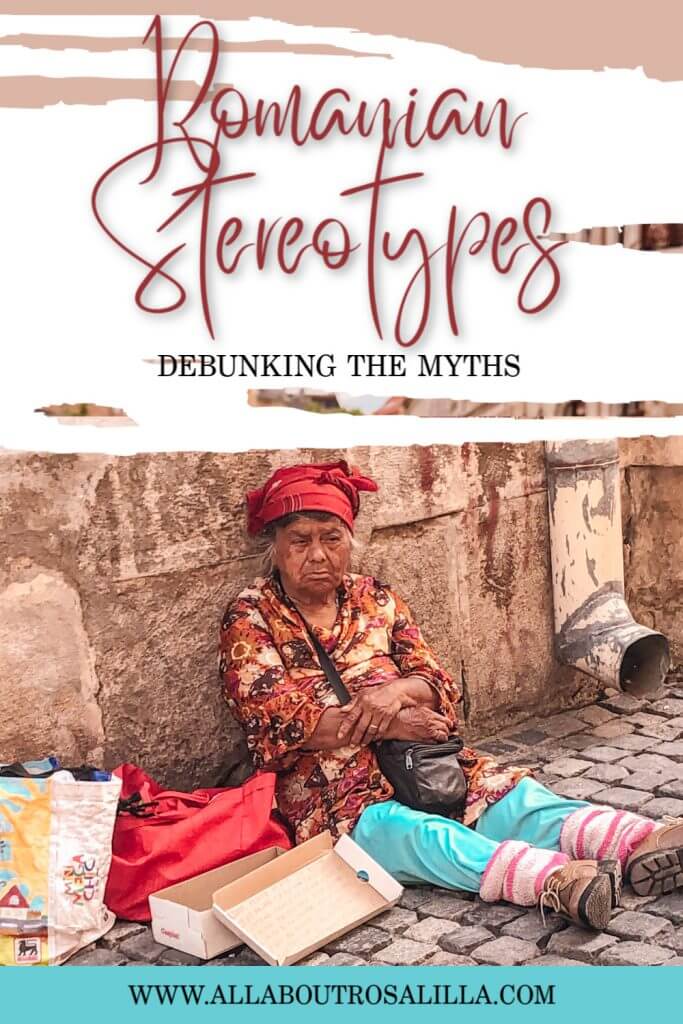

I am Romanian and am proud of that! Thank you from the bottom of my heart for your great post, amazing photos and honesty!
That really means the world to me. Thank you.
Wow, Romania looks absolutely gorgeous! Your photos are incredible and definitely made me want to go strolling down the streets of Bucharest! I appreciate this post and really enjoyed all of the historical and sociopolitical context to the stereotypes you mentioned, thanks for sharing. I also think it’s cool that you took a Roma heritage tour, that sounds really amazing. The only thing I want to point out here is that the term g*psy is a racial slur. It’s good that you address your discomfort with the term and made a point early on in the post to not use it, but for the first few mentions in the post this perspective is not yet apparent to the reader. I think it’s important to acknowledge the racist history of the term from the onset, and then debunk the myth, so as not to give any power to the term. Some food for thought.
Thank you so much for your opinion and I greatly appreciate it. Yes I agree that the term gypsy is seen by many as a racial slur which was why I addressed it so early in my post. I am so glad that you found my blog post interesting and I find it is important to address these issues from a personal viewpoint.
This was a very interesting read Nicola! I definitely would love to visit Romania at some point. Thank you for this thorough article!
I am so happy about that Taylor. Romania is certainly somewhere that deserves to be explored.
I love that post and thank you for showing that it’s so not true what people think about Romania! I was there in April and truly loved all the kind and friendly people there as well ☺️ I felt very welcomed and save there 🙂
I am so happy that you had the same experience there Lina.
I really enjoyed this post. I like your attitude of wanting to go experience the place yourself despite what people’s perception of it is. And let’s face it, there are a lot of stereotypes about a lot of places. Glad you gave Romania a chance and had a great time. It’s definitely on my list!
I am so glad that it is now on your list Aga. It deserves to be.
Romania is such a beautiful place and its great to learn more about the Roma culture. I’d loooove to visit the countryside to hike and see some of those amazing castles, so it is really good to hear more about how rubbish many of the stereotypes are!
Romania is the perfect place for hiking. It is also the perfect place for skiing and I am a little shocked by how few people go there for this reason. It is almost a third of the price of other resorts throughout Europe but equally as beautiful if not more.
What a beautiful country and people! One of the reasons we love to travel is to learn more about the people and try to dispel the myths that surround them. This is a perfect post for that!
Yes I agree. I travel for the same reason.
Your post is truly eye opening. It is such a shame that Romania is the victim is so many stereotypes, it looks a gorgeous country with plenty of history. I did think that Romanis came from Romania but thank you for telling the story of where they actually come from. 🙂
I am so glad that you learned something from this post. That was my aim and trust me you are not the only one who thought that way. It is good to be able to dispel these stereotypes.
Nicola, such a beautiful post. While living in France I often heard about the Romanian stereotypes and always felt hearing the jargon they used to talk about such a beautiful place and such warm people! Thanks so much for sharing.
I am so glad that you had the same experience about Romania Brittany. You are right it is such a beautiful country full of warm people.
Thank you for writing this! So important for us to show the world for what it really is and not live by preconceived norms!
Yes we need to find out for ourselves what a place is really like and not be put off by hearsay.
This is such an important message to get out there. It’s an image of Romania that exists in the countries around it too, even in Slovakia they hold these beliefs. These are amazing facts about what looks like a beautiful country and culture. Really want to explore here myself one day.
They were all so cut off from each other during communism that they probably did form uneducated beliefs. I really hope that is slowly changing now.
This really opened my eyes to Romania! Now I want to travel there even more! Thanks for your great post ?✨
I am so glad to hear that Briar. You won’t be sorry. Romania is a beautiful place.
This is such a great post and it’s nice to see that you experienced nothing like you were told you should be afraid of! Your photos are lovely as well!
Thank you so much Marisa. It is so lovely to be able to travel and dispel these rumours.
As always I love reading about Romania and the experience of travelers when they discover the truth behind the myths (sort of speaking). I am so happy you enjoyed your time here and it was so fun meeting you both!
It was so great to meet you too Ana. I really hope that our paths cross again!
Love your honesty here!! After seeing your travels to Romania I’m definitely getting the itch to see some Eastern European countries
You will not be sorry Merrie. It is the most beautiful country.